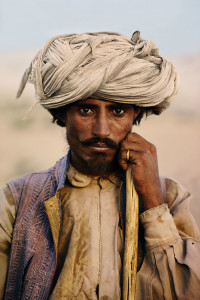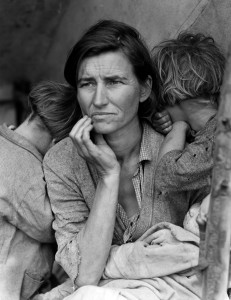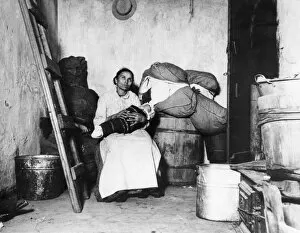Photojournalism: Who, What and How?

The expressive eyes of a woman in Yemen.

The Golden Age of photojournalism supposedly passed long ago. Or did it? Many photographers’ work speaks for itself, and seems to disagree. Never before has photojournalism been more prevalent and available. With the technological advances in photography, and the internet making the images automatically accessible, I would say the Golden Age is now. But what is Photojournalism, and how far has it com?

What is the difference between photojournalism and other forms of photography? Street photography focuses on subjects in public places, and the image excites emotion. Documentary photography uses images to tell a story of an event or occurrence, but not one that is especially noteworthy. These differ from photojournalism in that the images are used to tell a newsworthy story, but they can also employ emotion. In fewer words, Photojournalism tells the news story with emotion- but the story that the photographer is highlighting.
Photojournalists, however, need some form of security, as well as a way to sell their work to clients. Photojournalists such as Steve McCurry, for example, can sell their pictures to clients, or corporations like magazines to make a living. National Geographic, for instance has published many of McCurry’s photos. Magazines and websites are constantly in need of images. The images are the face of these publications. But how do they get security? Through photo agencies, these visual artists can get clients. Agencies can help market and represent photographers. Examples of such agencies are Magnum photos, VII Photos, and Shutterstock photography. These are the agencies that get the artists more well known. But there weren’t always such organizations.
Many people would argue that the golden age of photojournalism is now. (Personally, I agree with this statement.) Technology has progressed since the beginning of photography, enabling us to adjust even the colors in a photograph- before and after an image is captured. Lighting, color, saturation and sharpness can all be adjusted on the camera itself; whereas when photography first started out, subjects had to stay still during the process and the picture was grainy and monochromatic. However, the widely acknowledged “Golden Age” of photojournalism was from about 1936 to the late 1950’s. Three of the most recognized photographers from this time were Dorthea Lange, Walker Evans, and Gordon Parks. Their work is used in schools during anything from history lessons, to photography and art classes. Dorthea Lange’s image, Migrant Mother, for example is widely known, both inside and out of the photography world.

Naturally, the older an image is, the more people who have had a chance to see it. The above image by Lange was taken during the Dust Bowl Era in the 1930’s. But how are today’s photographers’ images going to be seen, outside of their agencies? There are publications that will print or insert images into an online page. Such places are magazines, like Time and National Geographic, or newspapers like the New York Times.
Images taken from: stevemccurry.com






